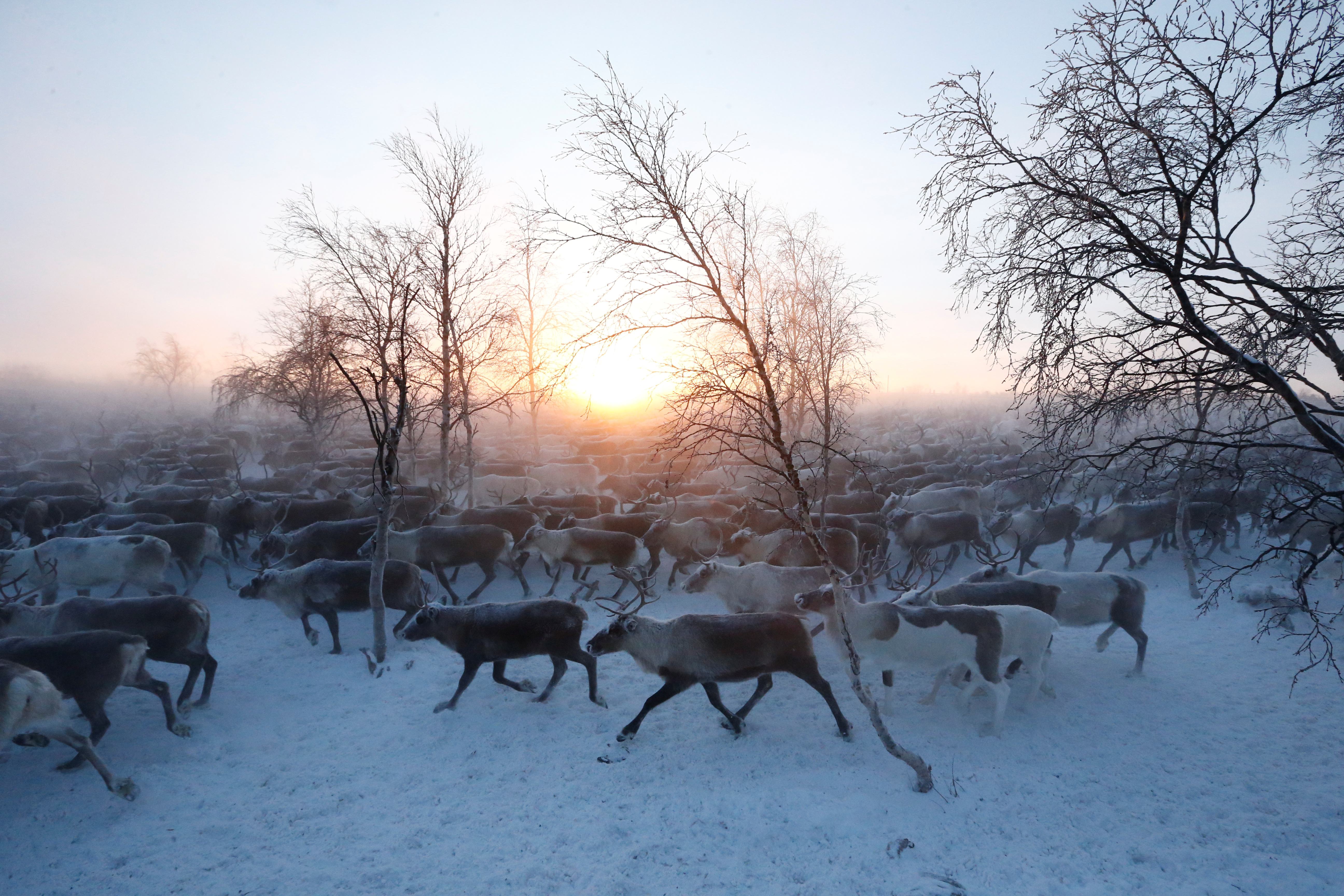After a sudden rise in reindeer collisions, Norwegian rail authorities will speed up fence-building
2017 was the worst year for reindeer-train collisions in Norway in nearly a decade.

Even before the collisions began this November, Norwegian state railway officials were aware they had a problem on their hands. After falling for most of the 1990s and 2000s, the number of reindeer killed each year by passing trains more than doubled in 2010, and since then the figure has remained stubbornly high, at about 400.
To find out why this was happening, and what could be done about it, Jernbaneverket, until last year the state agency responsible for railway infrastructure, ordered a review in 2016 of available literature on reindeer collisions.
The results of the study were published last March. Past reindeer-train collisions had not been well documented, but by looking at the conclusions of studies on how to prevent incidents involving other types of large mammals in Norway, of which there are about 2,000 annually, the authors were able to come up with three main recommendations: bring down the number of reindeer near tracks, slow down trains when passing through crossing areas and, most importantly, build more fences.
[Reindeer warning app prevents road accidents]
The good news is that these are things Jernbaneverket had already been focusing on. Starting in 2013, it began decreasing speeds and installing fences along parts of the 450-mile (730-kilometer) stretch between Trondheim and the railway’s northern terminus in Bodø, where the majority of reindeer are killed.
That, combined with initiatives such as using helicopters during migration periods to relay information about herd movements to motormen and train positions to herders were expected to prevent about 200 collisions annually.
The bad news is that even though this appeared to have an immediate effect (collisions fell from 511 in 2013 to 216 the year after), the number has crept back up again, this at a time when the overall number of collisions involving large mammals has fallen.
Through October, 2017 was looking relatively unremarkable: the number of collisions was near the recent average, perhaps even a little below. November, though, was an especially bad month: In the span of about a week, more than a hundred animals died in four separate strikes. In the worst of them, 65 were killed.
An agreement between Bane NOR, the organization that replaced Jernbaneverket last year, and herders should have resulted in most reindeer being moved across railway tracks and into winter feeding grounds by December 1, but the situation hardly improved.
[Human activity takes a toll on Nunavik caribou habitat]
Part of the reason for the collisions, according to Bane NOR was inclement weather that spread herds over a larger area than normal, slowing the migration and forcing animals to cross in places where motormen were not accustomed to keeping an eye out for them.
In at least one of the incidents, a warning system that has been set up to allow herders to inform Bane NOR that a herd is near the tracks did not function properly, resulting in 26 reindeer being killed. The system allows herders to inform Bane NOR if they unexpectedly find themselves near the railway, or if they are in an area where they cannot use their snowmobiles to keep their animals away from the rails.
Bane NOR acknowledges receiving the message but says a technical error prevented the message from being transmitted. Had it been sent, speeds in the particular area would have been reduced for six hours. Bane NOR has launched an investigation into why the system failed.
By the time the year ended, the official tally was 514 reindeer killed as the result of collisions, making it the worst year since 2010, when the number was 657. The new year began where 2017 left off: On January 1, six reindeer were struck and killed.
Bane NOR is required to compensate herders when animals die as the result of a collision. Last year, payments approached 5 million kroner ($640,000). By comparison, building fences in only the most dangerous areas will cost 34 million kroner, but, for owners, the extra expense of building them buys peace of mind. Herders describe having a close bond with their animals and say discovering their mutilated bodies takes a mental toll. Some report having to put down maimed animals, which adds to the strain.
[Sámi concerned about Arctic railway plans]
Bane NOR is also aware that collisions are nuisance for passengers. In December punctuality on the entire line fell from 90 percent to 20 percent after it ordered speeds decreased by as much as half over a 20-mile stretch.
As in the past, Bane NOR is concentrating its preventative efforts on areas where reindeer normally cross the railway. In 2018, it will build 15 miles of new fences and reinforce existing ones. This work had already been planned for 2019, but with the sudden increase in collisions at the end of last year, it has decided to begin early.
This may be too narrow a focus, if the report is to be believed. It warns that, given the recent unpredictability of snowfall, it is impossible to say where reindeer will be likely to cross. Collisions, it said, can be expected to increase along the entire corridor.